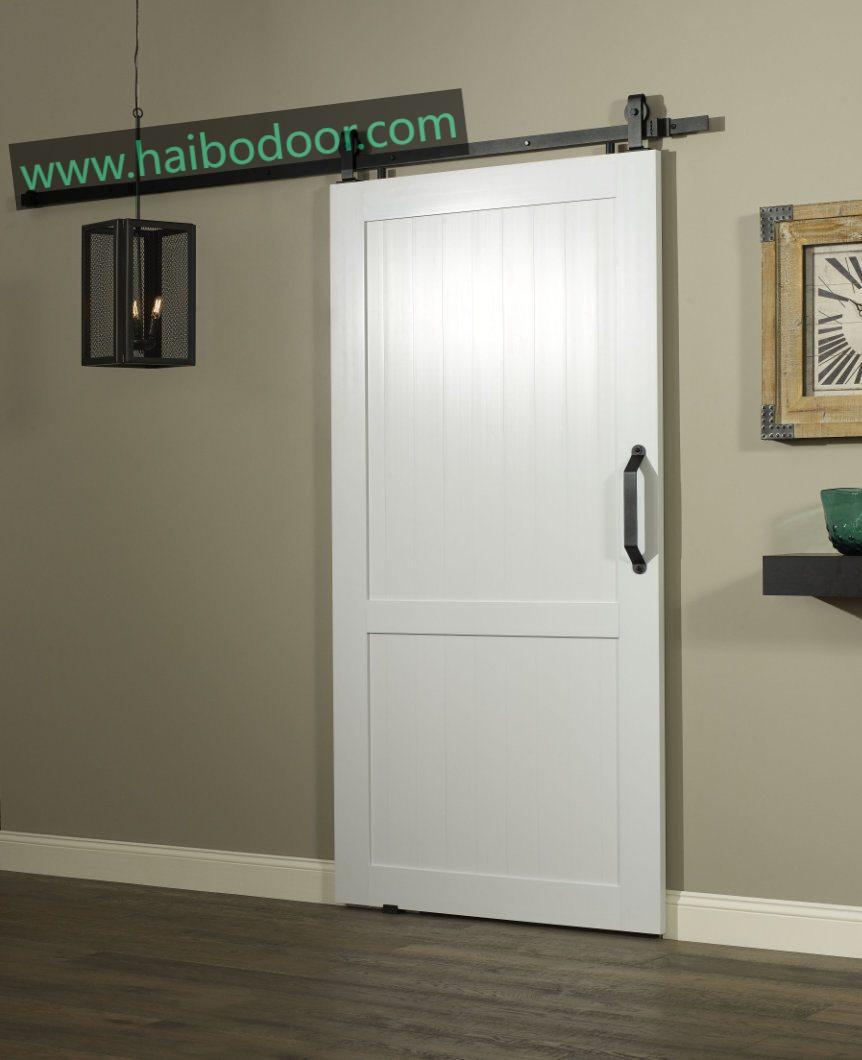Why Haibo PVC Door Factory Output Is Driven by Housing Developments

As construction trends evolve, so does the demand for various types of doors. A PVC Door Factory today doesn't only serve one singular type of customer—instead, it must navigate a shifting balance between residential housing and commercial infrastructure. Understanding these contrasting trends can help manufacturers, architects, and project developers make better product decisions.
Residential Market: A Growing Preference for Lightweight and Customizable Doors
In the residential sector, homeowners continue to prioritize functionality, affordability, and style. PVC doors have steadily gained traction due to their low maintenance, resistance to moisture, and adaptability to various interior styles. Whether for bathrooms, kitchens, or utility rooms, these doors offer a practical choice for modern homes.
Another factor driving growth is urban residential development. As multi-unit housing becomes more common, developers often opt for PVC doors because of their consistent quality, ease of mass production, and lower cost compared to alternatives like wood or aluminum. A PVC door factory equipped for scale and customization is better positioned to meet these residential requirements efficiently.
Customization also plays a key role. Many homeowners seek doors in colors and finishes that match their interiors. PVC’s flexibility in this regard makes it a go-to material for clients who value both aesthetics and performance.
Commercial Spaces: A Selective, Slower Demand Shift
The demand for PVC doors in commercial buildings presents a more nuanced picture. While hospitality and retail environments may embrace PVC for lightweight partitions or internal washroom doors, more demanding applications—such as office entries or industrial environments—often lean toward materials perceived as more robust or security-focused.
However, that doesn’t mean PVC is out of the commercial conversation. Budget-conscious projects like schools, clinics, and temporary facilities may adopt PVC doors due to their quick installation and low lifetime upkeep. Still, this demand is more situational and less uniform compared to the residential market.
One interesting development is in modular commercial construction, where lightweight, easy-to-install door solutions are increasingly in favor. Here, PVC can offer clear advantages. A factory that understands these commercial shifts and responds with adaptable product lines stands to benefit.
Why PVC Door Factories Must Monitor These Diverging Paths
It’s clear that residential and commercial projects have different timelines, budgets, and performance expectations. A PVC door factory that wants to remain competitive needs to align its operations with these distinctions. This may involve offering varied product lines, investing in faster production cycles, or even segmenting sales and distribution strategies by project type.
In times when global supply chains are more unpredictable and customer preferences more varied, understanding where growth is coming from is vital. For now, residential construction remains the stronger growth area for PVC door applications—but commercial demand should not be overlooked, especially in evolving building methods. To explore more practical insights into the PVC door industry and discover tailored options for your space, visit https://www.haibodoor.com/news/industry-news/how-a-pvc-door-factory-creates-quality-and-design-for-everyday-living.html .
- Anunturi
- Art
- Causes
- Crafts
- Dance
- Drinks
- Film
- Fitness
- Food
- Jocuri
- Gardening
- Health
- Home
- Literature
- Music
- Networking
- Alte
- Party
- Religion
- Shopping
- Sports
- Theater
- Wellness


